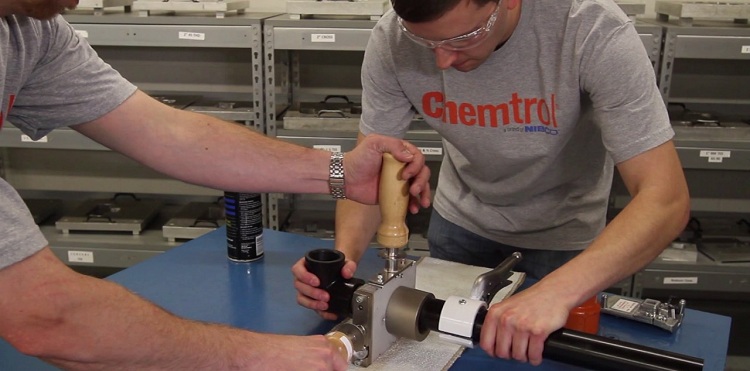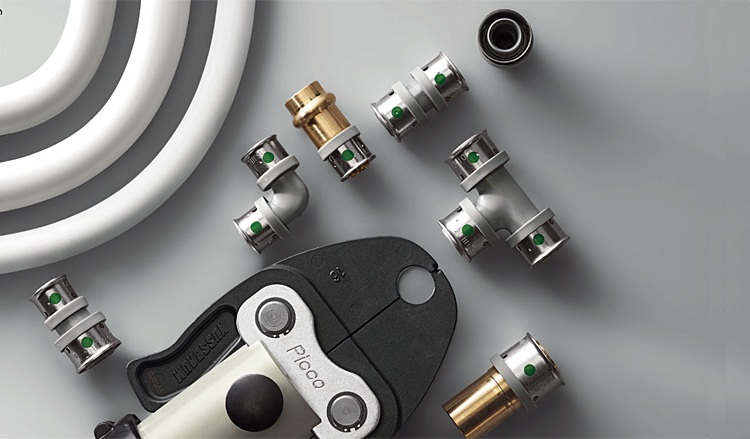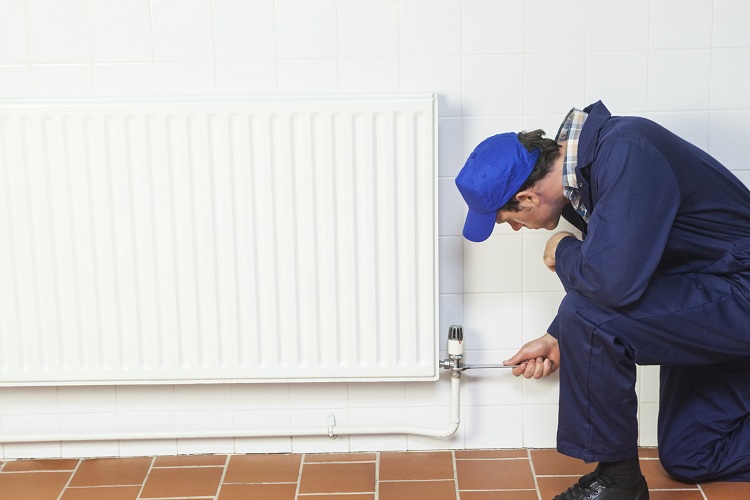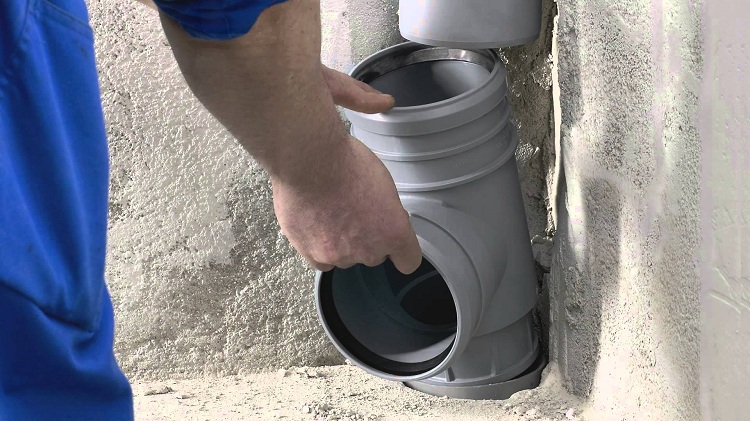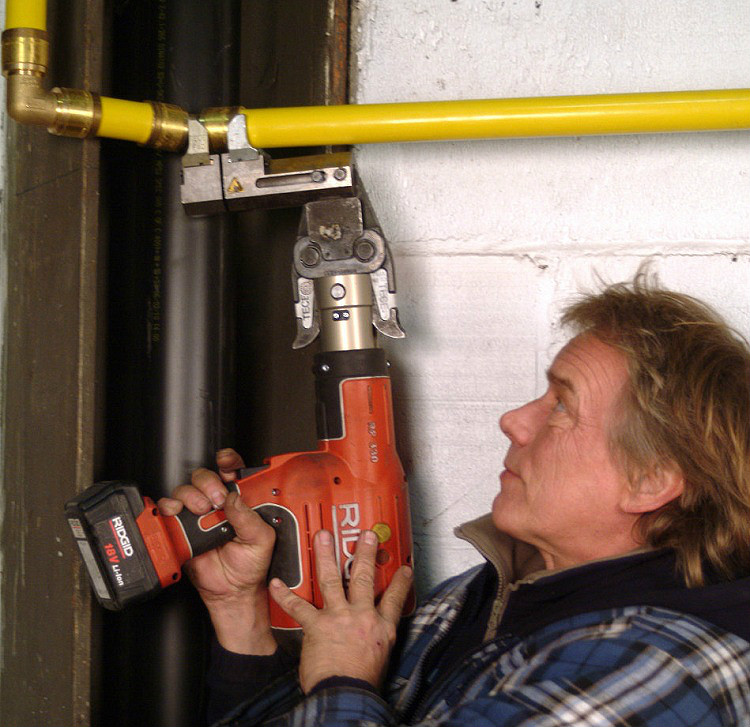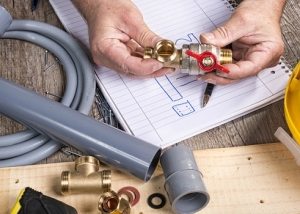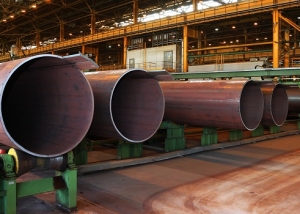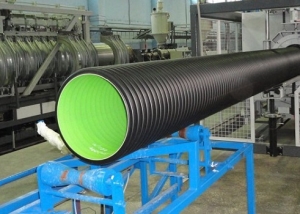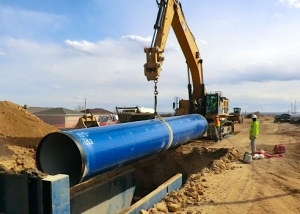Replacing pipes in an apartment and a private house is a fairly responsible event, which should be approached with all seriousness. The choice of materials, as well as the installation of a gas structure or sewer system, must be carried out in accordance with safety regulations and taking into account building codes and regulations (Construction Norms and Regulations). Some situations require contacting specialists authorized to carry out such work.
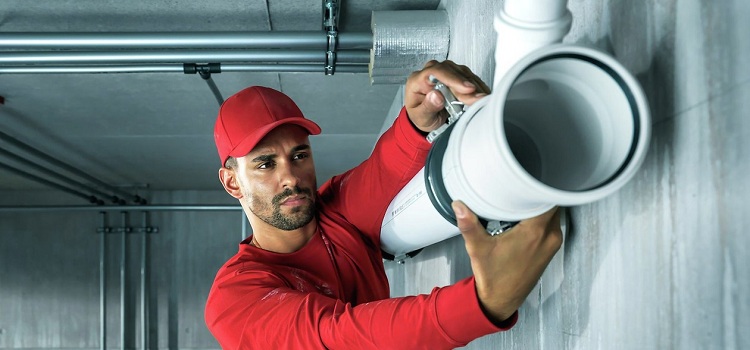
Replacement of sewer, water, heating pipes should be made taking into account all the rules and requirements
Content
Water supply replacement
Consider the three main reasons that push owners of apartments and private houses to dismantle the old structure and install a new one:
- Clogging. Salt deposits accumulate on the walls of old steel pipes, and over time this narrows the lumen of the pipe, which affects its throughput. Sooner or later, a complete blockage occurs and the question arises of replacing the old system. Particularly clogged are parts in cold water systems.
- Leaks. Very often, this problem occurs in pipelines made of suture pipes. Elimination of permanent leaks is a rather expensive task both in material and physical terms. The best way out in this situation is to replace the old water supply system with a new one.
Note! Today, many owners prefer to install metal-plastic or plastic pipes instead of old metal water pipes.
- Appearance. In many cases, during the overhaul of apartments and private houses, the replacement of old systems is carried out for aesthetic reasons. Old steel water pipes with traces of rust and peeling paint look ugly. New designs from different polymers look much more presentable.
Material selection
Modern plumbing structures are made from various materials that differ in appearance and technical characteristics:
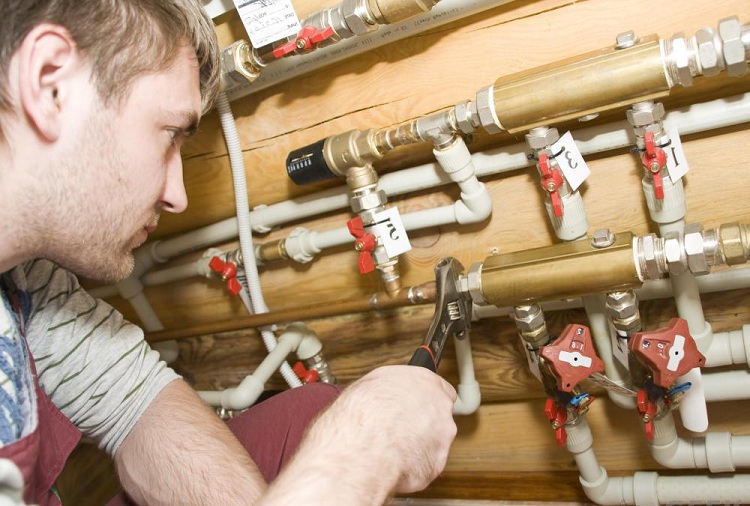
In water systems, metal and polymer pipes are used, and with the help of special fittings they can even be combined
Steel. Steel products are resistant to mechanical stress and are quite durable. Poor corrosion resistance and susceptibility to blockages are the main disadvantages of such products.
Galvanized steel. Such parts have a protective coating of zinc, which prevents their rusting and blockages. The main disadvantage of galvanized products is the high cost. In addition, the installation of such a structure is quite complicated, especially if it is carried out not by welding, but by connecting elements.
Metal-plastic. This type of pipe has an attractive appearance and anti-corrosion performance. However, during the operation of the pipeline, leaks often occur at the joints of its individual parts with fittings. Because of this, you must periodically tighten the union nuts.
Polypropylene. PP pipelines are by far the most common. They have a number of positive characteristics: corrosion resistant, heat resistant.In addition, in such systems there are no leaks due to the integral welding type of connection. The range of connecting elements for such parts is incredibly wide, which allows you to mount structures of any configuration.
Ways to install water pipes
There are three main options for installing water structures:
- cold welding;
- hot welding.
- docking with compression and press fittings.
The cold welding method involves the use of special glue, which carries out the adhesion of individual elements of the pipeline. Hot welding is the most reliable and durable connection, however, for this type of installation requires special welding equipment and skills. Using compression fittings is the easiest way and does not require any special devices and skills, but press fittings require the use of special pliers.
Important! It should be remembered that the replacement of water pipes with metal-plastic or steel pipes is performed using a special device - a pipe bender. This device allows you to make the necessary bends of pipes without damaging them.
Consider the stages of installation of metal-plastic pipes:
- Before starting installation, it is advisable to make a plan for the future design
- pipes must be cut into the necessary segments.
- the ends of the products must be carefully cleaned from unwanted burrs;
- put a fitting on the pipe;
- tighten the joint with a wrench or crimp with pliers.
After installation, be sure to check the reliability of the connection. Turn on the water and make sure there are no leaks. If the junction occurs, tighten the nuts stronger. In this case, the press fitting will need to be replaced by cutting the pipe with it.
Replacing the heating system
Replacement of heating is carried out primarily in order to increase the heat transfer. Old systems do their job pretty poorly due to worn pipes, their clogging, leaks and other unpleasant situations.
When replacing heating pipes in a house, you should remember about several basic parameters that you should rely on when choosing them:
- the temperature at which the system can function;
- operating pressure.
Pipe options for heating systems
For heating communications, the most acceptable are:
- reinforced polypropylene;
- copper;
- metal-plastic with collet clamps.
In turn, there are such types of reinforced pp parts:
- reinforced with aluminum;
- fiberglass reinforced.
Reinforced with aluminum - this is the most common version of polypropylene pipes. They differ in excellent technical characteristics, however, there is a drawback - water can penetrate between the layers of the part, as a result of which the system fails. Fiberglass reinforcement allows you to not be afraid about this.
Plastic pipes with collet clamps. Such pipes are not recommended to be mounted due to the fact that they need periodic inspection and tightening of nuts. Otherwise, communication may leak.
Copper pipes are a fairly expensive but very reliable option. A copper pipe can not only decorate the interior, nor does it have good strength, is resistant to corrosion, and is also durable. Fittings in such structures must be made of the same material.
Important! It is recommended to replace the heating system in apartments and private houses after turning off the heating. In this case, the ideal season is summer.
Installation Recommendations
There are several nuances that are very important when installing heating systems:
- the temperature of the pipes should be room temperature. This rule applies to parts that were stored in the cold;
- installation of pipes should be carried out at a temperature not lower than +10 ° C;
- open wiring of communications is carried out after wall decoration;
- pipe bending is carried out on pipe benders.
Installation itself is as follows:
- First, it is necessary to block the riser so as not to flood the neighbors from below.
- With the help of a grinder, the old structure is dismantled.
- Then, using a rotary hammer, you need to install the batteries at the desired level.
- At the fourth stage, pre-prepared pipes are installed.
- In the end, you need to run water and check the tightness of the resulting structure.
Replacing sewer pipes
For old sewer systems, the use of cast iron parts was very popular. Such products burst over time. In addition, the bulky cast-iron system does not please the eye. Today, replacing cast iron pipes with more compact plastic ones is commonplace.
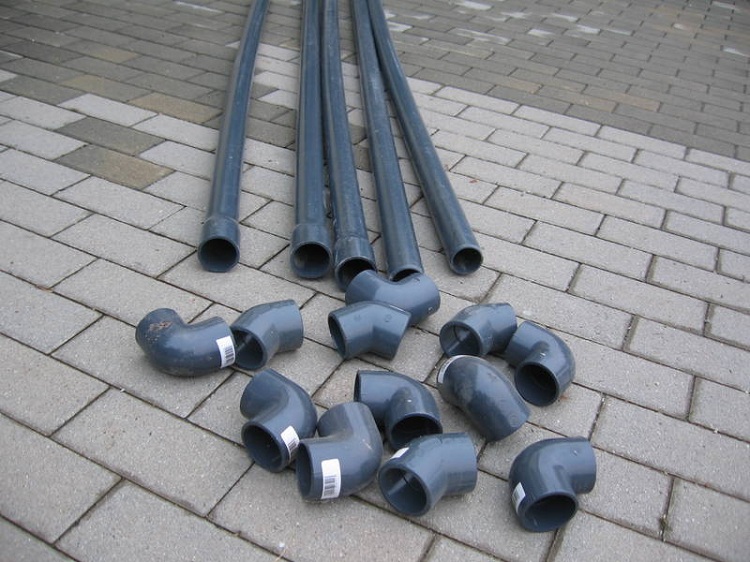
Plastic pipes for drainage systems are much lighter and more convenient to install than steel or cast iron
Before you begin installation of a new system, you must dismantle the old one. It includes such stages:
- First, turn off the water supply.
- Using an adjustable wrench, hoses are removed that supply water to the toilet flush tank and faucets.
- The toilet, bathtub, sink are dismantled.
- Then the old pipes are dismantled. Cast iron pipes can be broken using a hammer.
- The pipe is dismantled, which is joined to the riser.
- In the end, it is imperative to clean the riser bell from debris and dirt.
Sewer installation
After dismantling, you can proceed directly to the installation of new plastic pipes. Installation of a sewer system of polymer pipes includes the following items:
- To begin with, it is worth placing a special rubber cuff on a bell that has already been prepared and cleaned of dirt. The cuff is installed on the sealant.
- A sewer pipe is going to the riser. This is a simple job, all the elements are simply inserted into each other. The rubber seals present in the sockets are responsible for the tightness.
- Next, you need to mount the toilet, securing it with special dowels to the floor. To connect it to the sewer system, pipes with a cross section of 110 mm are used. To connect to the sewer pipe, you can use a corrugated pipe, which will allow you to perform the transition at a difficult angle.
- Other devices (bathtub, sinks and others) are connected to the network using siphons.
Helpful advice! To improve the tightness of the resulting structure, it is recommended to process the joints with silicone sealant. It will give the construction additional reliability and will not allow pipes to leak in the very first days after installation.
Gas pipe replacement
Do-it-yourself replacement of gas pipes is not recommended, especially if you do not have special knowledge in this area. For the installation of gas pipelines, it is recommended to hire specialists who are well versed in this matter. Masters have special tools for this and are trained and trained. Before installation, specialists usually conduct an inspection of the communication. After the inspection, a work plan is drawn up and the costs of replacing the gas pipeline are calculated.
Before installation, it is necessary to shut off the gas pipeline section and blow through the pipes, cleaning the system of gas accumulated in it. If all the calculations are completed and the safety rules are followed, you can proceed directly to the replacement of the system.
Gas pipeline dismantling
The gas pipeline is dismantled in the same way as other pipelines - using a grinder. The use of hacksaws for this purpose is a more laborious method and takes longer. For insertion into the gas pipeline, gas welding is used. Shut-off valves for the system are installed using special connections. Docking of such joints is carried out thanks to the thread applied to the part.
Starting work
After replacing the pipes, you need to make sure that there are no leaks in the system and check that the gas appliances are working correctly.
After starting the gas, it is necessary to monitor how the gas pipeline system functions. It is enough to monitor within 24 hours. Next, the line is purged. This is done in order to remove excess air from the communication. The duration of the purge depends on the oxygen in the pipe. When more than 1% of oxygen does not remain in the system, this is a signal that the work is finished. In addition, with the help of soap foam, which is applied to the joints in the structure, determine its tightness.
Important! In no case should you check the tightness of the structure using the ignition of matches!
Insertion into the gas pipeline
This process is often faced by residents of new buildings and private homes. Inserting into the gas pipeline and performing new wiring in the premises is a rather complicated procedure. First of all, due to the fact that it requires the preparation of a huge number of documents and the receipt of appropriate permits for this operation.
Documents you need to have in order to get permission to insert:
- registration certificate for construction and its copies. Copies must be certified;
- site plan, which indicates the location and features of all gas pipeline type structures and other pipelines. This plan will also need to be certified with the appropriate organization;
- permission to dock with gas communication (permission to insert);
- certificates and technical documents for equipment that will be used in the house;
- a document that confirms that the chimneys and ventilation are in good condition.
Based on this documentation, gas pipes in the house are replaced. Water supply or sewerage can be replaced without contacting various services, unless an insert into the central network is supposed.
